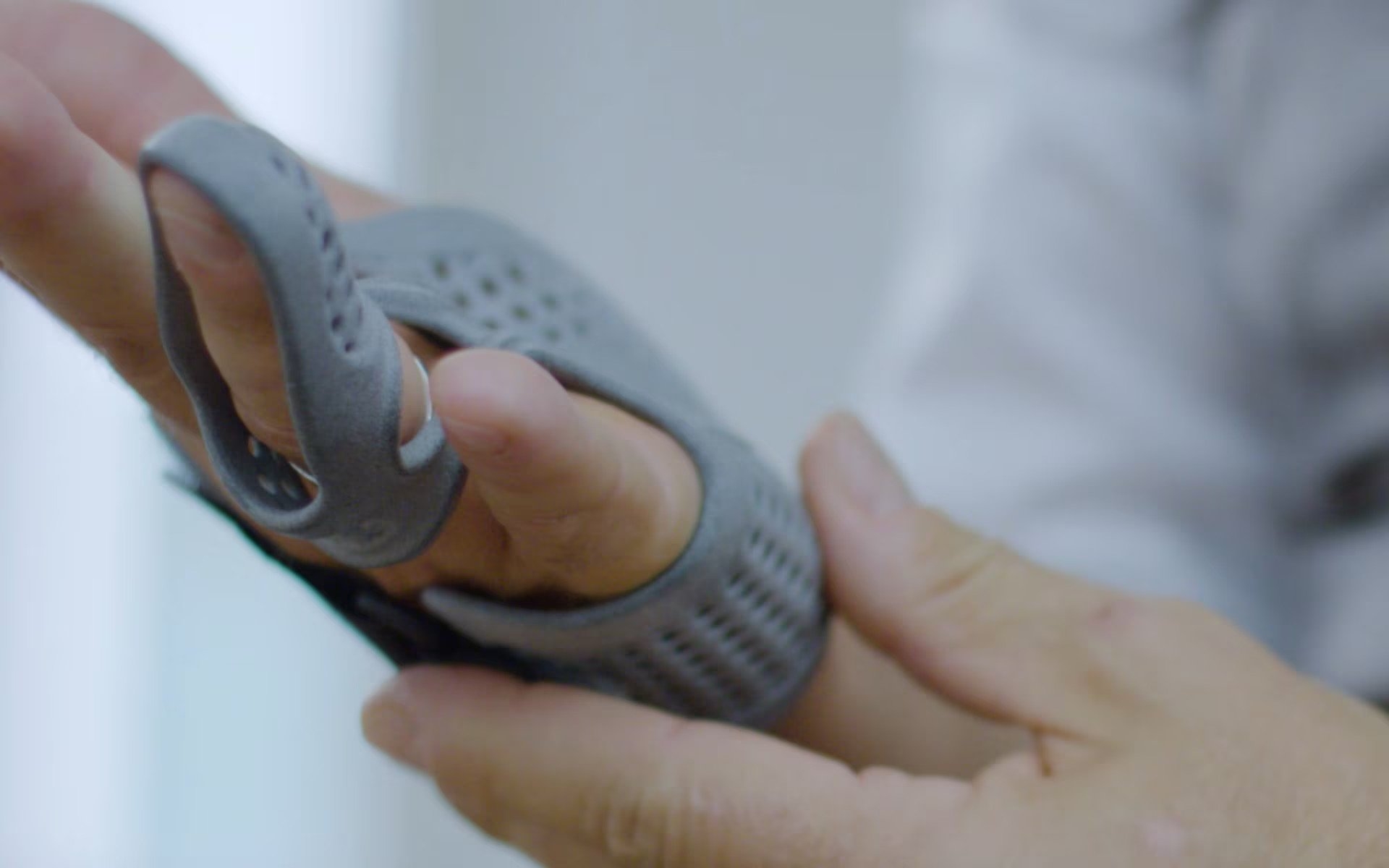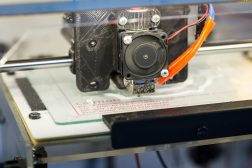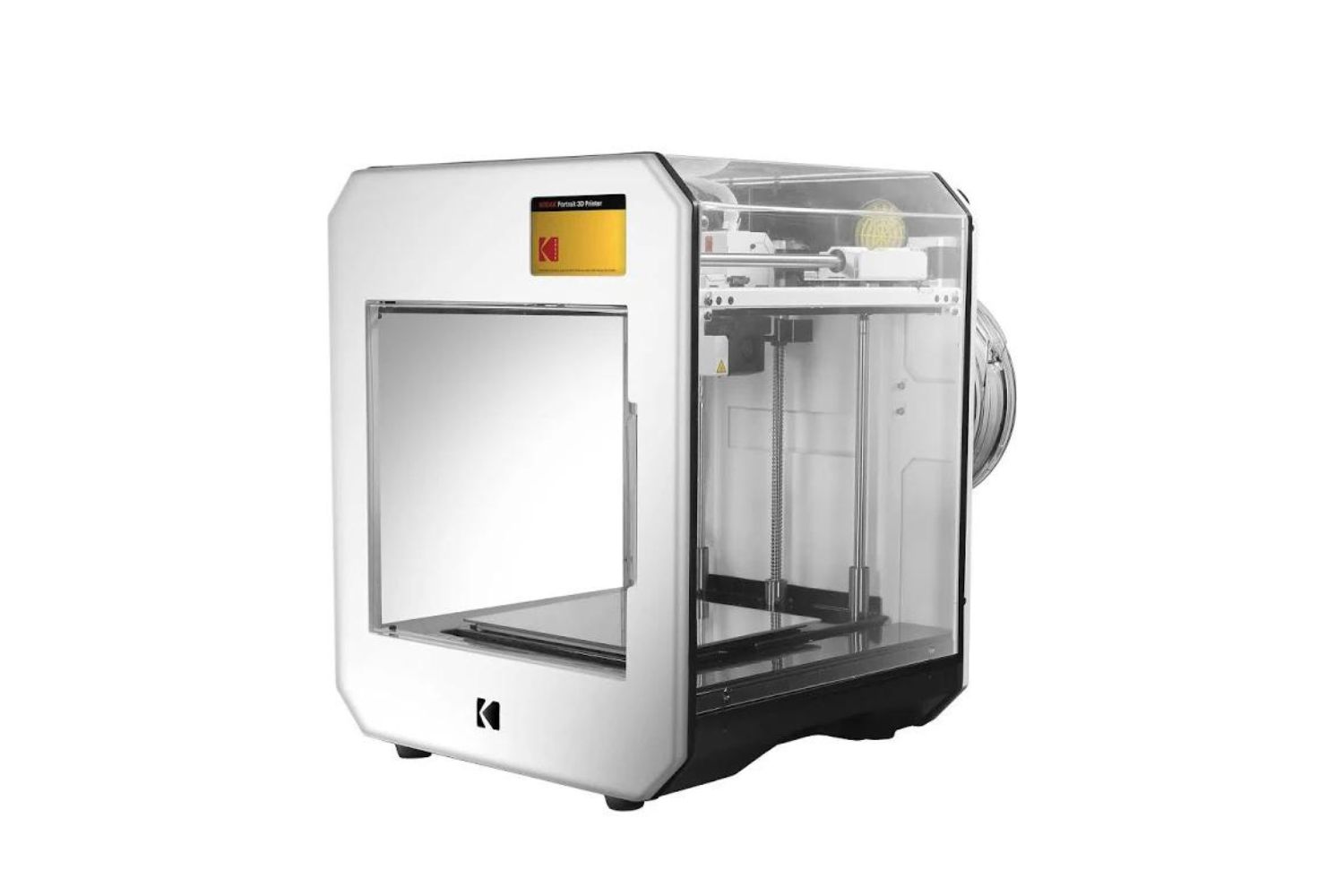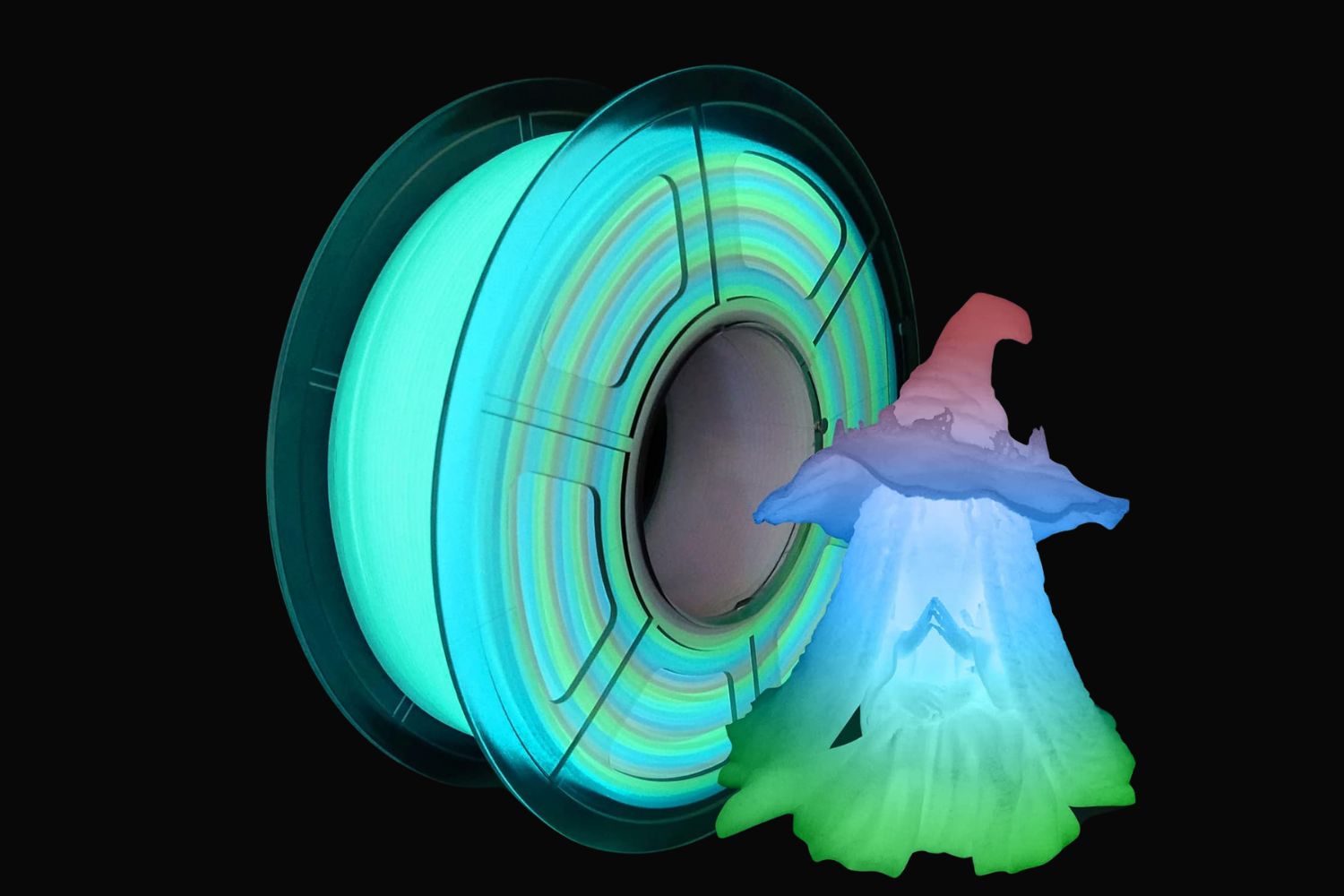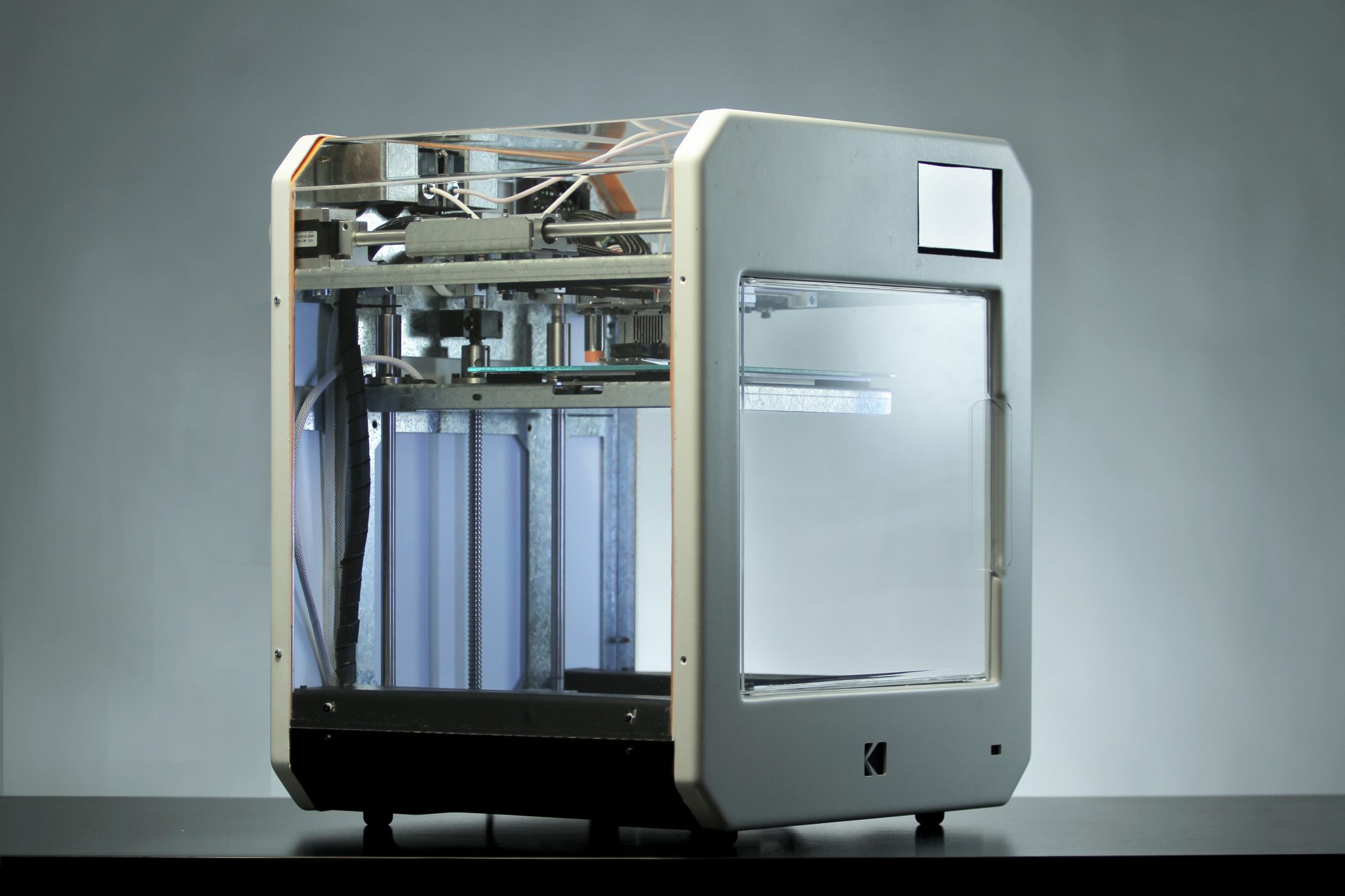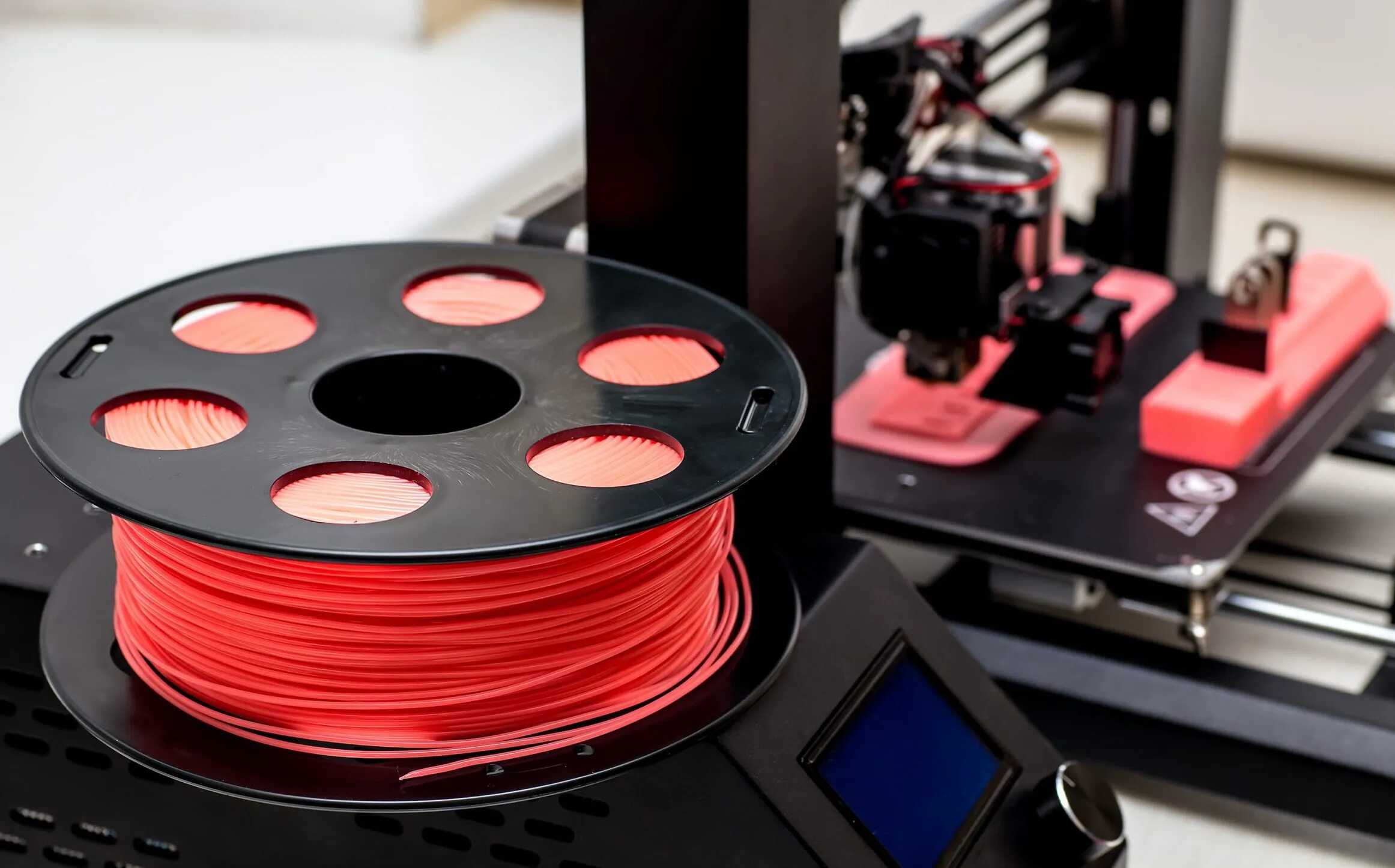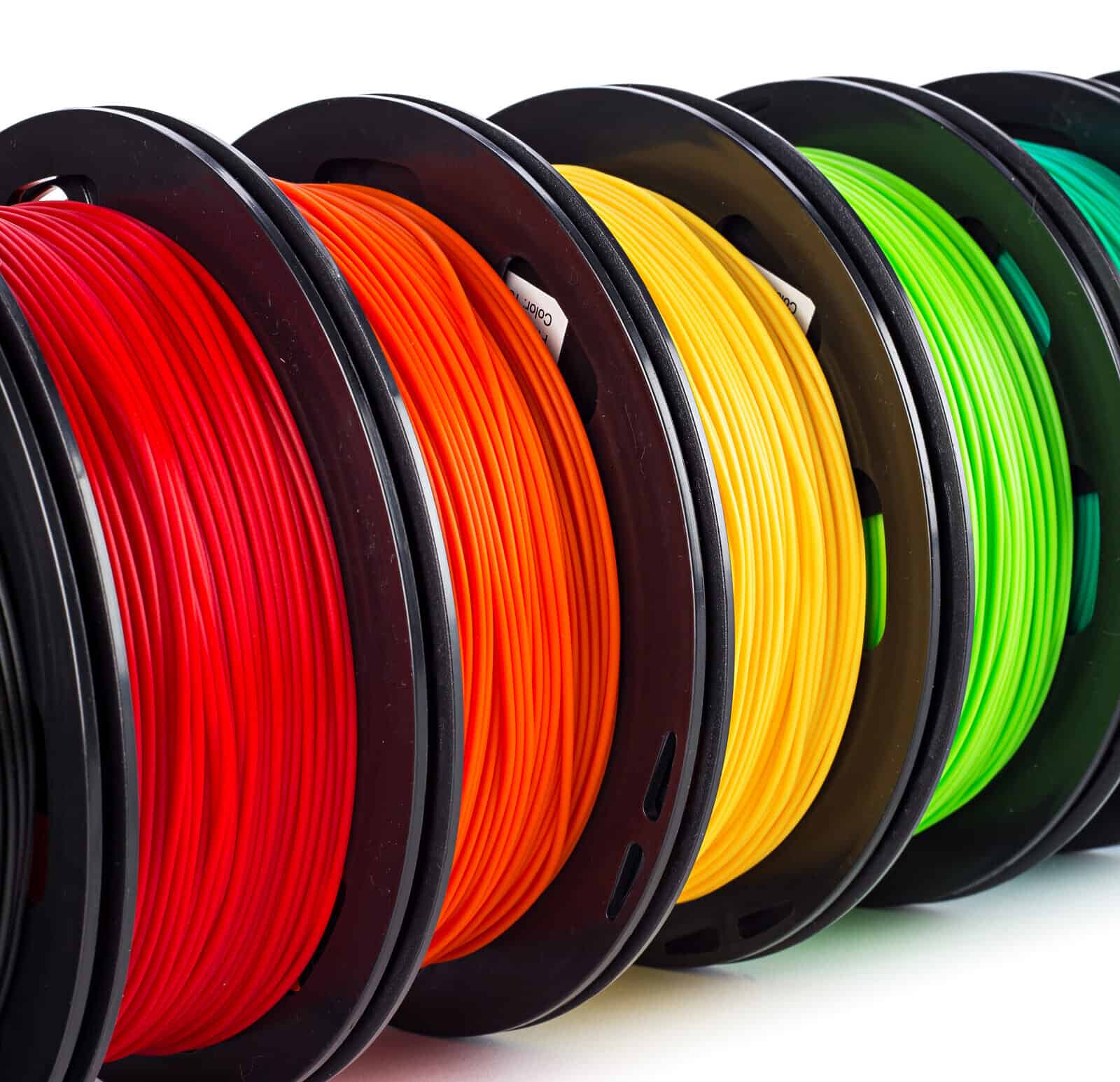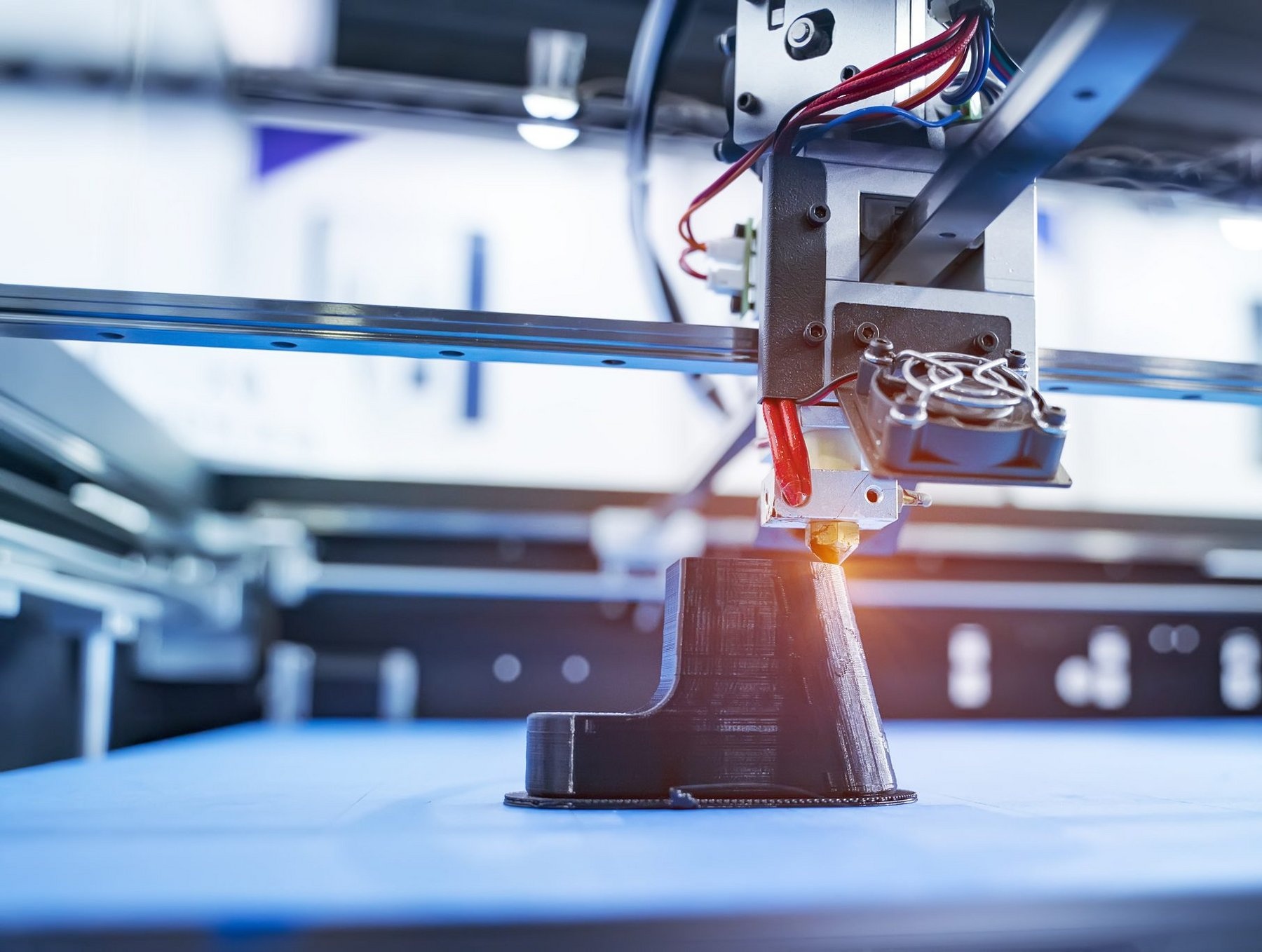Introduction
When it comes to 3D printing, choosing the right material is crucial. Different materials offer varying levels of strength, durability, and flexibility, which are important considerations depending on the intended use of the printed object. With a wide range of options available in the market, it can be overwhelming to determine which material is the strongest.
In this article, we will explore some of the strongest 3D printing materials and discuss their unique properties and applications. By understanding the characteristics of each material, you will be able to make an informed decision and select the most suitable option for your project.
It’s important to note that the strength of a 3D printed object is influenced by various factors, including the printer settings, design, and post-processing techniques. However, the choice of material is a critical factor, as it forms the foundation for the structural integrity and performance of the printed object. Let’s delve into some of the strongest 3D printing materials:
PLA (Polylactic Acid)
Polylactic Acid, commonly known as PLA, is one of the most popular materials for 3D printing. It is derived from renewable resources such as corn starch or sugarcane, making it an environmentally friendly option. PLA is well-loved for its ease of use and versatility, making it suitable for a wide range of applications.
While PLA may not be the strongest material in terms of mechanical strength, it still offers a respectable level of durability. It is ideal for producing prototypes, models, and low-stress functional parts. PLA has good layer adhesion, which contributes to its overall strength.
Another advantage of PLA is its excellent printability, making it a favorite among beginners and hobbyists. It has low warping and doesn’t require a heated bed, which simplifies the printing process. PLA also has a relatively low printing temperature, making it compatible with a wide range of printers.
However, it’s important to note that PLA does have limitations. It has a relatively low glass transition temperature, which means it can deform or soften under high temperatures. This makes it unsuitable for applications that require high-temperature resistance. Additionally, PLA may be prone to brittleness, especially in thin and intricate models.
Overall, PLA is a versatile and user-friendly material that offers a good balance of strength, ease of use, and affordability. It is a great option for beginners or projects that do not require high mechanical strength or temperature resistance.
ABS (Acrylonitrile Butadiene Styrene)
ABS, or Acrylonitrile Butadiene Styrene, is another popular material widely used in 3D printing. It is known for its excellent mechanical properties, making it a strong and durable choice for functional parts and prototypes.
One of the key advantages of ABS is its high impact resistance. It can withstand sudden shocks and vibrations, making it suitable for applications that require robustness. ABS is also known for its heat resistance, allowing it to maintain its strength and shape even under elevated temperatures.
In terms of printability, ABS can be slightly trickier compared to PLA. It requires a heated print bed to prevent warping and ensure proper layer adhesion. The higher printing temperature of ABS may limit its compatibility to certain types of 3D printers.
Post-processing is often recommended for ABS prints to enhance their strength and overall finish. The material can be sanded, painted, and even glued using specific adhesives. Additionally, ABS is more resistant to chemicals such as acids and petroleum-based oils, making it suitable for applications in industrial settings.
It’s worth noting that ABS emits a strong odor during the printing process, which can be a concern for some users. Adequate ventilation or an enclosed printer may be necessary to minimize any discomfort caused by the smell.
In summary, ABS is a widely used 3D printing material known for its strength, durability, and heat resistance. It is a preferred choice for functional parts, prototypes, and applications that require high impact resistance. However, the higher printing temperature and odor emission should be considered when using ABS.
PETG (Polyethylene Terephthalate Glycol)
PETG, or Polyethylene Terephthalate Glycol, is a popular 3D printing material that combines the best properties of both PLA and ABS. It offers a balance of strength, durability, and ease of use, making it suitable for a wide range of applications.
One of the key advantages of PETG is its excellent impact resistance, surpassing that of PLA and even ABS. It can withstand bumps and drops without breaking, making it ideal for functional parts that require durability. PETG also exhibits good flexibility, allowing it to handle repeated stress without deforming or cracking.
Unlike ABS, PETG does not require a heated print bed to minimize warping. It has good adhesion between layers, resulting in strong prints with minimal shrinkage. PETG is also known for its transparency and ability to maintain clarity, making it a suitable choice for applications that require a clear or semi-transparent finish.
Another advantage of PETG is its chemical resistance. It is less prone to degradation when exposed to harsh chemicals, making it suitable for applications in industries such as automotive, healthcare, and food packaging.
When it comes to printability, PETG is relatively forgiving compared to ABS. It has a lower printing temperature and less odor emission, making it more user-friendly. However, PETG can be slightly more difficult to print with compared to PLA, as it may require some fine-tuning of printer settings to achieve optimal results.
Overall, PETG is a versatile material that offers a combination of strength, durability, and chemical resistance. It is an excellent choice for functional prototypes, mechanical parts, and applications that require transparency. With its ease of use and a wide range of applications, PETG is a popular choice among 3D printing enthusiasts.
Nylon
Nylon is a versatile and strong 3D printing material that offers excellent mechanical properties. It is known for its durability, toughness, and flexibility, making it suitable for a wide range of applications.
One of the key advantages of nylon is its high impact resistance, surpassing that of PLA, ABS, and PETG. It can withstand heavy loads and absorb shocks, making it ideal for parts that are subjected to frequent use or stress.
Nylon also has excellent tensile strength, meaning it can withstand pulling or stretching forces without easily breaking. This makes it well-suited for applications that require parts with high strength requirements, such as gears, bearings, and functional prototypes.
In addition to its mechanical properties, nylon exhibits good chemical resistance. It can withstand exposure to various chemicals, oils, and solvents, making it suitable for applications in industries such as automotive, aerospace, and engineering.
When it comes to printability, nylon can be more challenging compared to other materials. It requires higher printing temperatures and a heated print bed to ensure proper adhesion and minimize warping. Nylon can also absorb moisture from the air, which can lead to printing difficulties and affect the quality of the prints. Proper storage and handling of nylon filament is important to maintain optimal printing conditions.
Post-processing techniques, such as sanding and polishing, can be applied to nylon prints to further improve their surface finish and appearance. Additionally, nylon parts can be dyed or painted to achieve different colors or a more aesthetically pleasing look.
In summary, nylon is a durable and versatile 3D printing material that offers high impact resistance, excellent tensile strength, and good chemical resistance. While it may require more advanced printing techniques and careful handling, nylon is well-suited for applications that require strong and tough parts.
Carbon Fiber
Carbon Fiber is a high-performance 3D printing material that offers exceptional strength and rigidity. It is composed of carbon fibers embedded in a polymer matrix, resulting in a material that is significantly stronger and stiffer than traditional plastic-based filaments.
One of the key advantages of carbon fiber is its outstanding strength-to-weight ratio. It is significantly lighter than materials like steel or aluminum while still maintaining remarkable strength. This makes it ideal for applications where weight reduction is essential, such as aerospace, automotive, and sports equipment.
Carbon fiber also exhibits excellent stiffness, meaning it is resistant to bending or flexing. It provides structural integrity to 3D printed parts and helps to minimize deformation under load. This makes it a suitable choice for applications that require high rigidity, such as drone frames or robotics components.
In addition to its strength and stiffness, carbon fiber also offers good heat resistance. It can withstand high temperatures without losing its structural integrity, making it suitable for applications that involve exposure to heat or thermal stress.
However, it’s important to note that carbon fiber filaments can be challenging to work with due to their abrasive nature. They can wear down the nozzle of the 3D printer faster than other materials, requiring more frequent maintenance and nozzle replacements. Additionally, carbon fiber filaments can be more expensive compared to traditional filaments due to their specialized properties.
When printing with carbon fiber, it’s important to use a printer with a hardened nozzle specifically designed for abrasive materials. Proper printer calibration and fine-tuning of slicing settings are also essential to ensure successful prints.
In summary, carbon fiber is a high-performance 3D printing material known for its exceptional strength, stiffness, and heat resistance. It is a preferred choice for applications that require lightweight yet strong parts, such as aerospace and automotive industries. While it may require special considerations and equipment, the benefits of carbon fiber make it an excellent choice for demanding applications.
Polycarbonate
Polycarbonate is a popular 3D printing material known for its exceptional strength, impact resistance, and heat resistance. It is a versatile engineering plastic that offers a wide range of applications in various industries.
One of the key advantages of polycarbonate is its outstanding impact resistance, making it highly suitable for applications that require durability and toughness. It can withstand heavy loads, shocks, and vibrations without breaking or cracking, making it ideal for protective gear, enclosures, and functional parts.
Polycarbonate also exhibits excellent heat resistance, allowing it to maintain its strength and shape even at high temperatures. It has a high glass transition temperature, making it suitable for applications that involve exposure to thermal stress or require heat resistance.
Another notable property of polycarbonate is its transparency. It offers excellent optical clarity, making it suitable for applications that require clear or translucent parts, such as lenses or display screens. Polycarbonate can also be easily dyed or tinted to achieve different colors.
When it comes to printability, polycarbonate can be more challenging compared to other materials. It requires a heated print bed to prevent warping and ensure proper adhesion. The high printing temperature of polycarbonate may limit its compatibility with certain types of 3D printers.
Post-processing techniques, such as sanding or polishing, can be applied to enhance the appearance and surface finish of polycarbonate prints. Furthermore, polycarbonate parts can be glued or joined using specific adhesives for additional strength and structural integrity.
It’s important to note that polycarbonate can be more expensive compared to other filaments due to its specialized properties. However, its exceptional strength, impact resistance, heat resistance, and transparency make it a preferred choice for demanding applications in industries such as automotive, aerospace, and electronics.
In summary, polycarbonate is a versatile 3D printing material known for its exceptional strength, impact resistance, heat resistance, and transparency. While it may require specific printer settings and careful handling, its properties make it a preferred choice for applications that require durability, toughness, and thermal stability.
Conclusion
Choosing the right material for your 3D printing project is crucial, as it will determine the strength, durability, and performance of the final printed object. In this article, we have explored some of the strongest 3D printing materials available, each with its own unique properties and applications.
PLA, with its ease of use and versatility, is a popular choice for beginners and projects that don’t require high mechanical strength or temperature resistance. ABS, on the other hand, offers excellent impact resistance and heat resistance, making it suitable for functional parts that require toughness. PETG combines the best of both PLA and ABS, providing strength, flexibility, and chemical resistance.
Nylon offers exceptional strength, durability, and chemical resistance, making it a preferred choice for high-stress applications. Carbon fiber, although more challenging to work with, provides exceptional strength and stiffness while being lightweight. Polycarbonate is known for its outstanding impact resistance, heat resistance, and transparency, making it suitable for a variety of industries.
It’s important to note that this is not an exhaustive list of materials, and there are many other options available in the market. The choice of material will depend on the specific requirements of your project, such as the desired strength, durability, heat resistance, and other mechanical properties relevant to your application.
Remember, proper printer settings, post-processing techniques, and printer maintenance are essential to achieve optimal results with any material. Experimentation and iteration may be necessary to fine-tune your prints and achieve the desired outcome.
Ultimately, whether you choose PLA, ABS, PETG, nylon, carbon fiber, polycarbonate, or any other material, it’s important to consider the unique characteristics of each material and match them to the specific needs of your project. By doing so, you will be able to create strong, functional, and durable 3D printed objects that meet your requirements.







